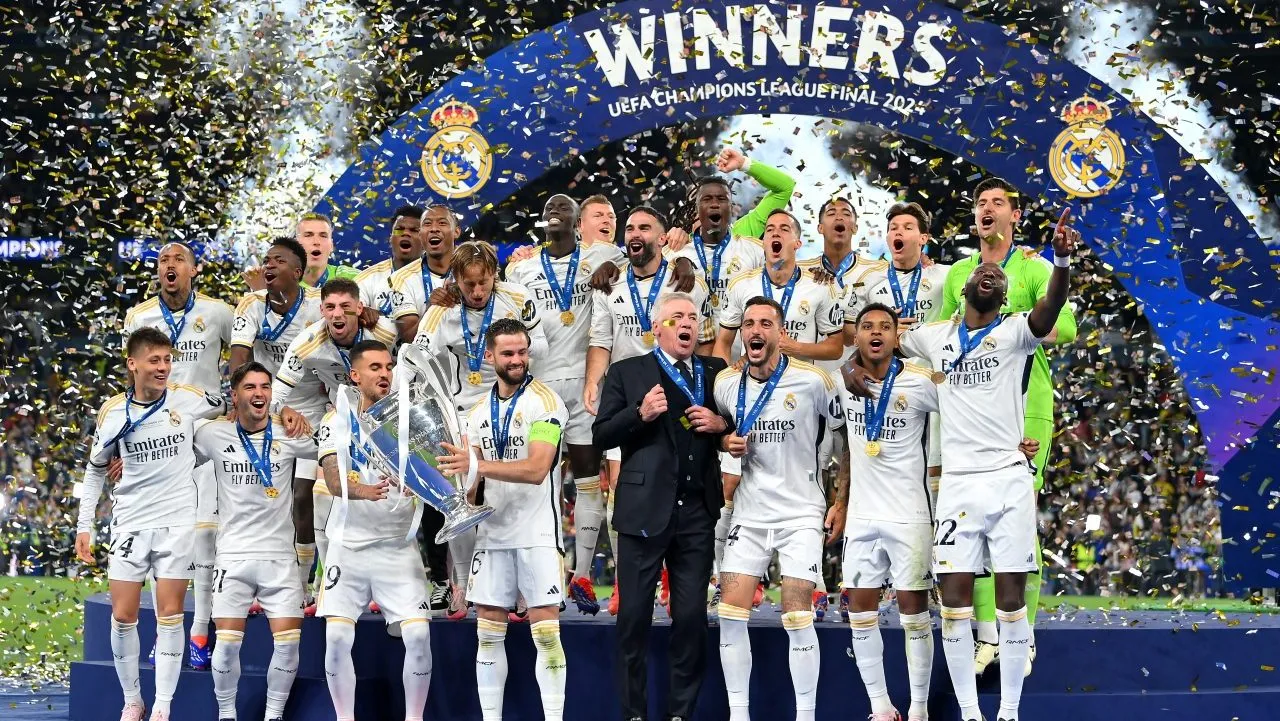The 2024-2025 Champions League season is set to introduce a groundbreaking shift in how the tournament is organized, with a significant emphasis on technology in the draw process. For the first time in the competition’s history, UEFA will rely on a computer to determine the matchups, moving away from the traditional method of drawing balls from glass bowls. This change is not just a minor tweak but a reflection of the broader transformation that the Champions League is undergoing, aiming to make the tournament more efficient, exciting, and fair.
The primary driver behind this shift is the expansion of the tournament from 32 to 36 teams. This expansion, while providing more opportunities for teams across Europe, also introduces new challenges in the organization and logistics of the draw. Under the previous system, manually drawing matchups would have been a daunting task, requiring up to 1,000 balls and 36 glass bowls, with an estimated time of four hours to complete the process. Such a time-consuming procedure would have been impractical, leading UEFA to explore more efficient solutions. The answer came in the form of advanced software developed by British IT company AE Live, which will streamline the draw process to just over half an hour.
A Digital Revolution: Champions League Draw Goes High-Tech
This new computer-assisted draw is not just about saving time; it is also about ensuring accuracy and security in the process. The software used will be supported by two backup systems, providing an additional layer of security to prevent any potential issues or cyber-attacks. To further ensure the integrity of the draw, the process will be audited by the renowned accounting firm Ernst & Young, giving teams and fans confidence in the fairness and transparency of the outcomes.
The new system introduces the “Swiss model” format, previously used in chess and cricket, where each team plays eight different opponents in the group stage, with four matches at home and four away. This format brings more diversity and unpredictability compared to the old system. Notably, teams could face up to two opponents from the same country, adding extra excitement. For example, Real Madrid could potentially face both Manchester City and Liverpool in the group stage, though not Barcelona, Atlético, or Girona.

The decision to incorporate technology into the draw process is part of UEFA’s broader strategy to modernize the Champions League and keep it at the forefront of global football competitions. By utilizing advanced software and technology, UEFA aims to make the draw process not only more efficient but also more equitable. The new system allows for a more balanced distribution of opponents, ensuring that no team is unfairly advantaged or disadvantaged by the draw. This change is expected to result in more competitive and exciting matches throughout the group stage, with every team having a fair shot at progressing to the knockout rounds.
Another key advantage of the new system is the increase in the number of matches. With the expansion to 36 teams and the adoption of the Swiss model, the total number of matches in the Champions League will rise from 125 to 189. This increase provides more opportunities for fans to watch their favorite teams in action and for teams to showcase their talents on Europe’s biggest stage. The additional matches also mean more revenue for clubs, which can be reinvested into improving their squads and facilities.
The new format also brings changes to the knockout stages. Instead of the traditional group stage format, all 36 teams will be placed in a single league table. The top eight teams will automatically advance to the round of 16, while the teams placed ninth through 24th will compete in a playoff to determine the remaining eight spots in the knockout stage. This new structure adds an element of drama and unpredictability, as teams will need to perform consistently throughout the group stage to secure their place in the knockout rounds. Teams finishing in the bottom 12 will be eliminated from international competition, with no opportunity to move to the Europa League, a departure from previous seasons.
As UEFA prepares to implement these changes, there is a strong sense of anticipation and excitement among fans, players, and clubs alike. The introduction of technology in the draw process is seen as a positive step towards making the Champions League even more dynamic and engaging. The combination of a larger pool of teams, more matches, and a new draw format promises to deliver one of the most thrilling and unpredictable seasons in the competition’s history.
The 2024-2025 Champions League season will undoubtedly be a landmark moment in the history of European football. With technology playing a central role in the organization and draw process, UEFA is setting a new standard for how top-tier football competitions are run. Fans can look forward to a season filled with intense competition, surprising matchups, and the highest level of football that Europe has to offer. As the tournament kicks off, all eyes will be on the new draw process, and the anticipation of seeing how these changes play out in practice will only add to the excitement of the season.
ALSO READ:Juventus’ Strong Start: Vlahović Leads the Way in 3-0 Victory Over Verona


